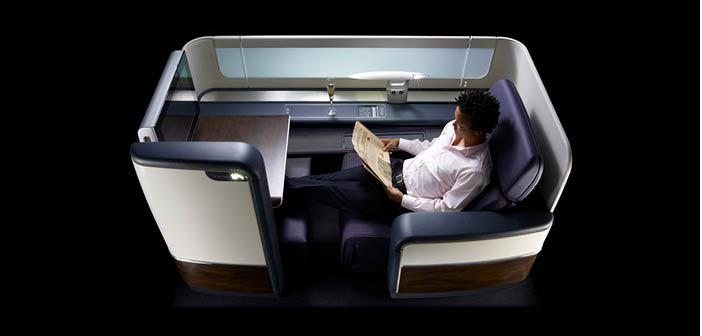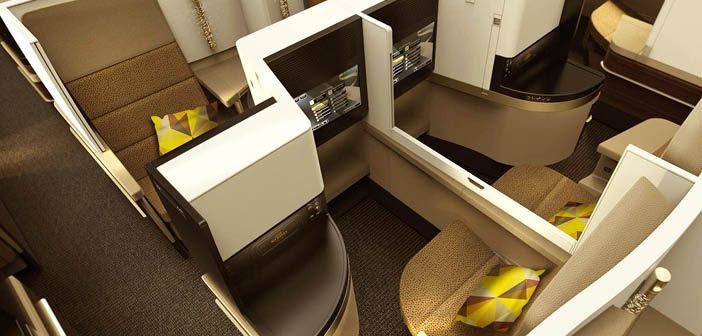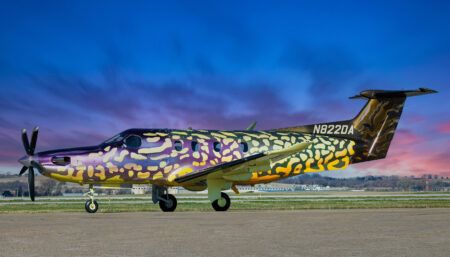While private and commercial aircraft interiors have historically been very different in their approach to service, layout and design, the divide is blurring, contends Anthony Harcup of Acumen Design Associates
 The scale of choice in commercial aviation would have been unthinkable 15 years ago. A passenger can choose anything from a low-cost intercontinental trip to a VIP experience. Super first class and commercial VIP interiors – such as Etihad’s The Residence, launched in 2014 – are redefining industry standards. These service offers are more like private charter than a typical commercial experience.
The scale of choice in commercial aviation would have been unthinkable 15 years ago. A passenger can choose anything from a low-cost intercontinental trip to a VIP experience. Super first class and commercial VIP interiors – such as Etihad’s The Residence, launched in 2014 – are redefining industry standards. These service offers are more like private charter than a typical commercial experience.
The private charter business has also become diverse. The rise of fractional aircraft ownership companies, alongside the range of travel choices among traditional private jet companies, highlights inescapable similarities between design requirements of top-end commercial and private charter.
Customer loyalty in both sectors is about brand recognition through exceptional passenger experience. The forward-thinking private jet companies are seeking differentiation through their interior definition and seating design. Commercial industrial design skills have never been more relevant to the private charter industry.
A viable commercial aircraft layout hinges on passenger density. In the premium end this requirement is at odds with the requirement to create an exclusive travel experience. Creating privacy and exclusivity in a limited space involves balancing passenger expectations, the airline’s requirements and engineering certification.
In 1996, BA’s ‘Bed-In-The-Sky’ was launched. A new mechanism created a bed from a reclining seat, within a patented herringbone layout. All the critical certification issues – including head impact trajectory, rapid decompression, dynamic testing, monument deflection and cabin visibility – shaped the product. This new design transformed the passenger experience into a completely private suite.
Other top-tier airlines launched their own layouts and seating products to differentiate their brands. American Airlines launched Signature First Class, featuring a swivel seat. More recently Etihad created The First Apartments – a cabin of nine new spaces with separate seats and beds – showcasing a single aisle on a wide-body. Over the years the industry has spawned tens of patented, innovative layouts.
This customer-led innovation has been less evident in private aviation. Customers do not buy in the same quantities, so the business model does not permit the level of investment for design, certification and testing, etc. Because of this, most fundamental design development has been left to seating companies. Differentiation is more challenging when industrial design is not core to the process.
 Above: Zodiac’s Venus first-class seat, designed by Acumen Design Associates
Above: Zodiac’s Venus first-class seat, designed by Acumen Design Associates
However, the fractional ownership business model has created travel brands with bigger fleet sizes – generating seating requirements closer to airline numbers. Some sectors have even seen an increase in demand for lay-flat seating developed for the commercial industry, needing a touch of personalization beyond trim and finish to complete the brand experience. These developments hint at a marriage in the making.
The industry has come full circle and so skills developed for the commercial industry are now relevant to the enhancement of private jet interiors. In this lively, diverse and growing sector, perhaps there is room for a fresh approach?
Main image: An Etihad business-class cabin, designed by Acumen Design Associates





